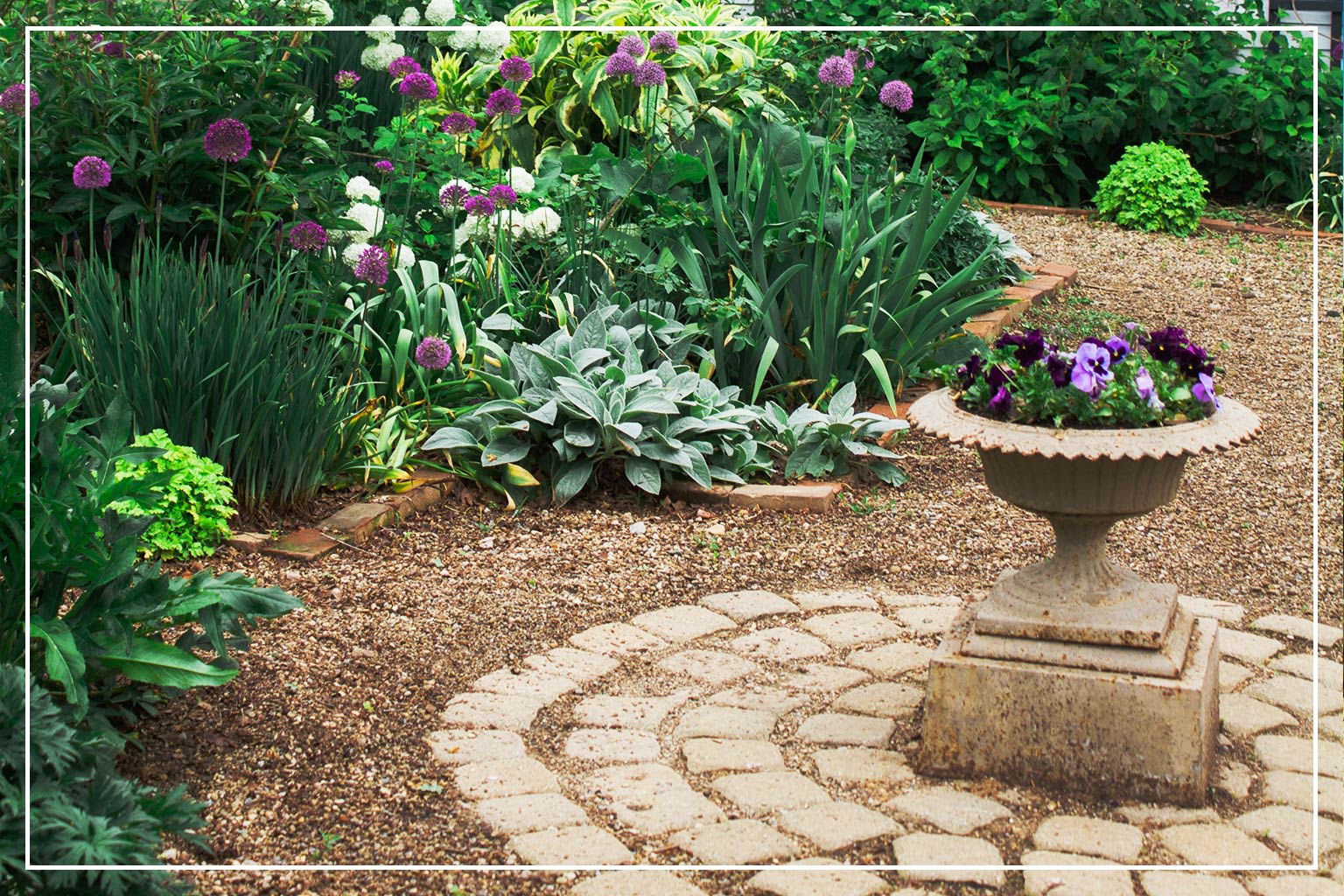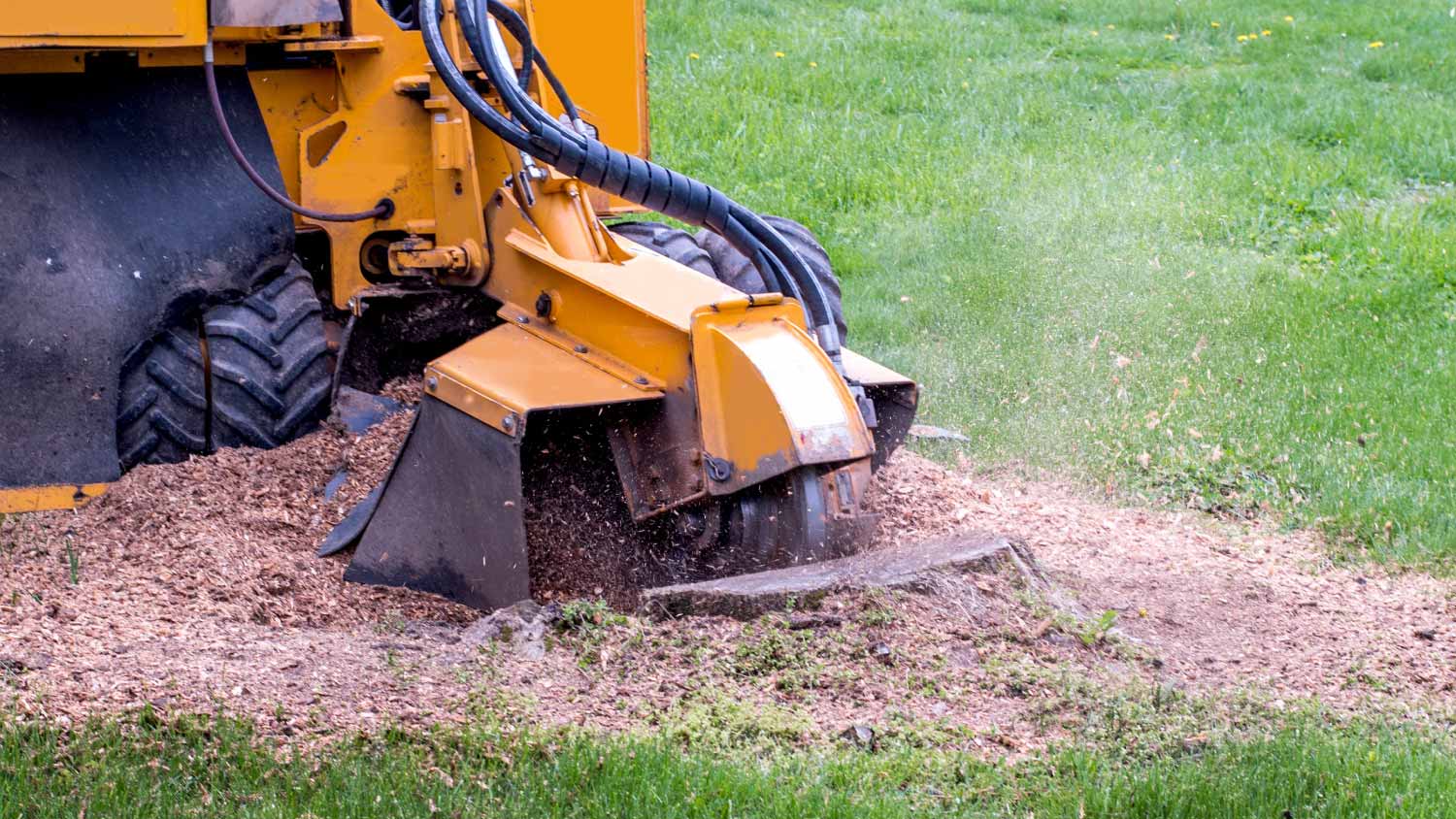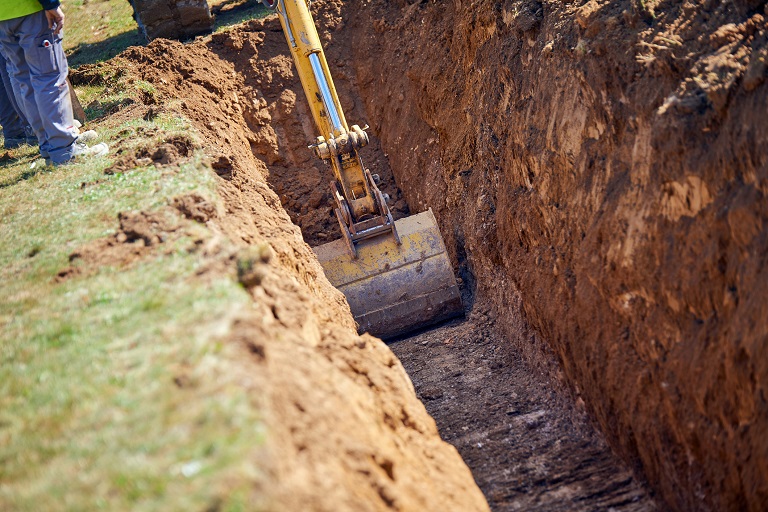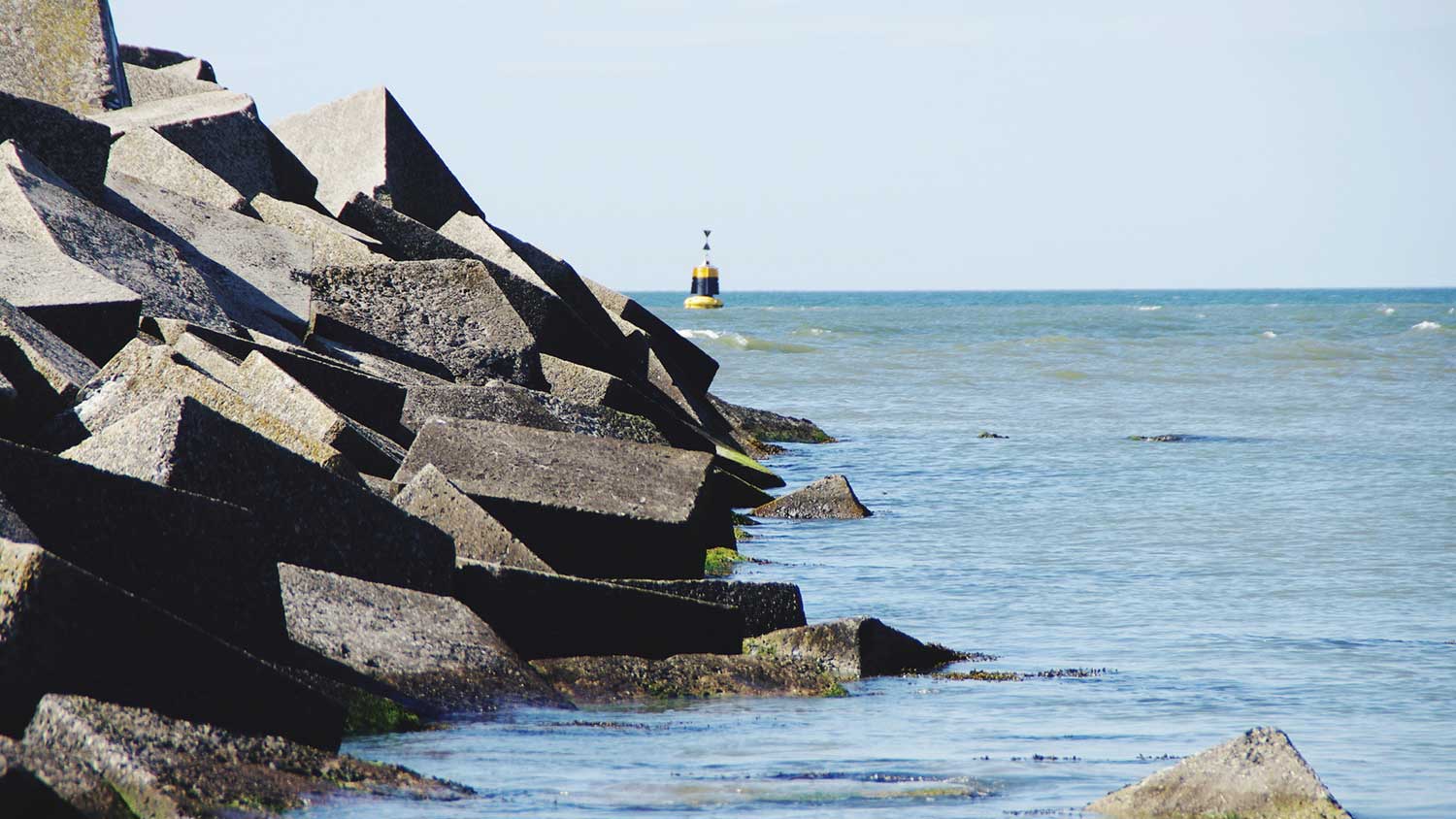
Learn how much river rock costs to install based on factors like the stone type, landscape condition, removal fees, and labor rates.
Avoid a rocky project


This gravel calculator will help you estimate how much gravel you need for projects like driveways, paths, and landscape installations. You’ll need accurate measurements of the project area, including the length and width (for square and rectangular areas), base and height (for triangular areas), diameter (for circular areas), and the depth. No matter the shape or type of project, our gravel calculator will help you estimate the right amount of materials—and minimize overages.
Before you can use our driveway gravel calculator, you’ll need to get a few key measurements. Then you can input those measurements in our calculator to determine how much gravel your project requires. Knowing how much gravel you need can help you better estimate how much a gravel driveway costs before hiring a contractor.
When taking measurements, you might use various units of measure: inches, feet, and yards. If a number looks way off, remember to double-check that you’ve correctly converted it to the right unit of measure.
Note: Our gravel calculator assumes gravel that is between 0.25 inches and 2 inches in diameter. Smaller pieces would be considered pebbles, while larger material pieces would be considered rocks. If you’re using smaller or larger materials, don’t use this gravel calculator for your estimate. Instead, consider our landscaping rock calculator for larger rock fragments or our crushed stone calculator for projects utilizing crushed stone instead of gravel.
While our gravel calculator is a helpful tool in estimating the amount of gravel you need, it’s possible to calculate the amount by hand using the measurements you collect. Here’s how:
To calculate the volume of a project space, you’ll need to calculate the area of the space (usually length * width) and the depth of the space.
For most gravel installations, you’ll need to go between 2 and 4 inches in depth. Depth is likely the only measurement you’ll have in inches. To standardize units of measurement, convert depth to feet by dividing by 12:
2 inches deep = 0.17 feet deep
3 inches deep = 0.25 feet deep
4 inches deep = .33 feet deep
Calculating volume works a little differently depending on the shape of the project area. A straightforward rectangle is easy enough to measure, but your project shape may be closer to a circle or a triangle—or may include different kinds of shapes that you’ll measure separately and add together.
To calculate the volume of a square or rectangular space, just multiply length * width * depth.
For example, imagine a rectangular driveway that is 40 feet long and 20 feet wide, and you want 3 inches (0.25 feet) of depth for your gravel installation. You’d calculate:
40 feet * 20 feet * 0.25 feet = 200 cubic feet in volume
Triangle calculations are a little more complicated. Measure a single side of the triangle (we’ll call it the base). Then measure the height by drawing a perpendicular line from the base to the opposite vertex. (The angle where the other two lines of the triangle meet.)
To get the volume, take those two numbers, divide by 2, and multiply by your depth.
For example, a project area is shaped like a triangle. The triangle’s base is 20 feet, and the height is 15 feet. You want your gravel to be 3 inches (0.25 feet) deep.
[(20 feet * 15 feet) / 2] * 0.25 feet = 37.5 cubic feet in volume
If you’re working with a circular shape, the calculations are even more complicated—but not impossible. For the most accurate results, use a calculator with a pi (π) symbol, rather than using 3.14. For simplicity, however, we will use 3.14 in our example below.
To calculate the volume of the circular space, you’ll need to measure the diameter (a straight line across the center of the circle). Then plug the diameter and the depth into the following formula:
[π * (diameter / 2) ^ 2] * depth
Imagine a circular project area with a 20-foot diameter. You’d like to install gravel 3 inches (0.25 feet) deep. The calculation would be:
[π * (20 feet / 2) ^ 2] * .25 feet = 78.5 cubic feet in volume
The formulas shown in step 1 are in feet, which is a common unit of measurement, especially if you’ll be using the measuring tape you likely have around the house. However, you’ll ultimately need to convert your measurements into cubic yards, which is how many suppliers measure their gravel.
To convert from cubic feet to cubic yards, simply divide by 27. For instance, in our triangle example, we calculated that you’d need 37.5 cubic feet of gravel. In cubic yards, you’d need:
37.5 cubic feet / 27 = 1.39 cubic yards of gravel
You may need to do one final conversion before ordering gravel for your project. Many suppliers sell large quantities of gravel by the ton. Converting from cubic yards to tons requires knowing the density of the gravel; while this can vary, our gravel calculator keeps it simple by using the standard 2,835 lbs per cubic yard for density.
Thus, 1 cubic yard = 2,835 lbs / 2,000 lbs = 1.42 tons.
So how much ground can you cover with standard amounts of gravel? The table below explores typical gravel coverage for a rectangular project that is 3 inches (0.25 feet) deep:
| Tons of Gravel | Cubic Yards (rounded to nearest hundredth) | Square Footaged Covered (rounded to nearest foot) |
|---|---|---|
| 1 | 0.71 | 77 |
| 1.5 | 1.06 | 114 |
| 2 | 1.41 | 152 |
| 2.5 | 1.76 | 190 |
| 3 | 2.12 | 229 |
| 3.5 | 2.47 | 267 |
| 4 | 2.82 | 305 |
You can choose from several types of gravel for your project, though HomeAdvisor has found the best types of gravel for driveways to be pea gravel and Jersey Shore gravel. Pea gravel costs between $15 and $75 for a cubic yard, making it an affordable option for large projects.
Here’s a breakdown of common types of gravel you might use for your project:
If you’re not comfortable trying to calculate cubic yards of gravel for your driveway—or choosing a type of gravel for your pathway or landscaping—work with a gravel driveway contractor near you. They can advise on amounts and types and handle the installation from start to finish.
From average costs to expert advice, get all the answers you need to get your job done.

Learn how much river rock costs to install based on factors like the stone type, landscape condition, removal fees, and labor rates.

Discover the costs associated with purchasing fill dirt, including the type of material, delivery method, and labor requirements.

In this guide, we'll explain the factors that influence concrete delivery costs so you can make informed decisions about your next home improvement project.

Who will pick up stump grindings? See if a stump removal or landscaping service handles cleanup and what to confirm before you hire

Who to hire to dig a trench? Learn who to call, pro benefits, steps, and what affects cost. Start smart today.

Who installs riprap? Learn which pros handle riprap installation, what it costs, and how to hire with confidence. Get expert, step-by-step guidance